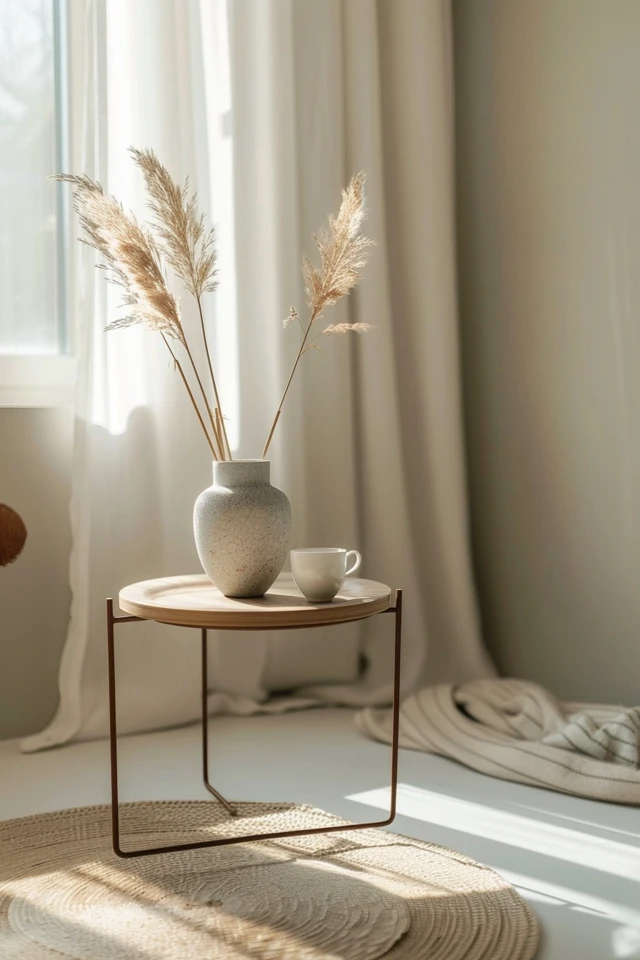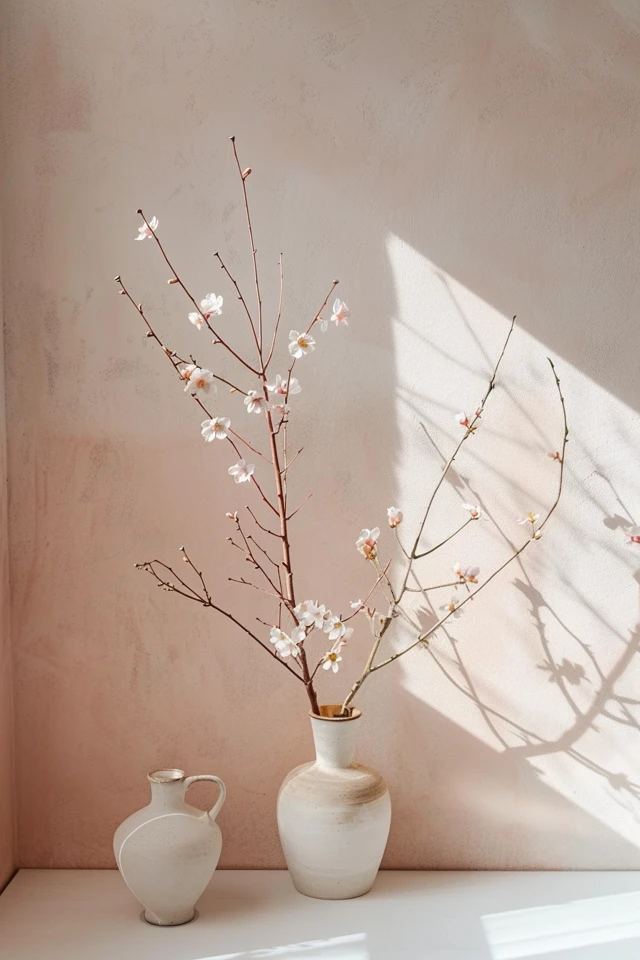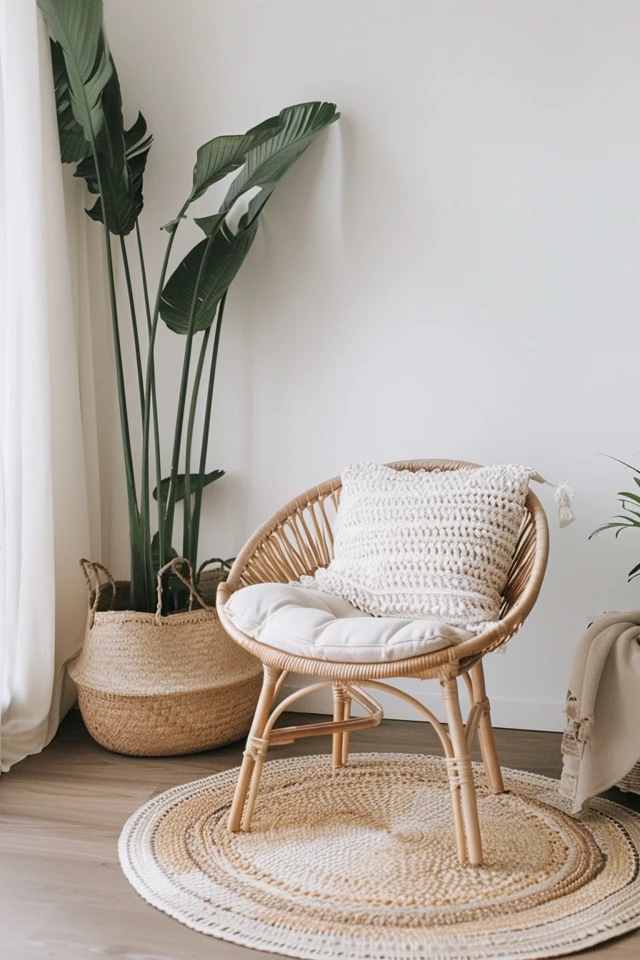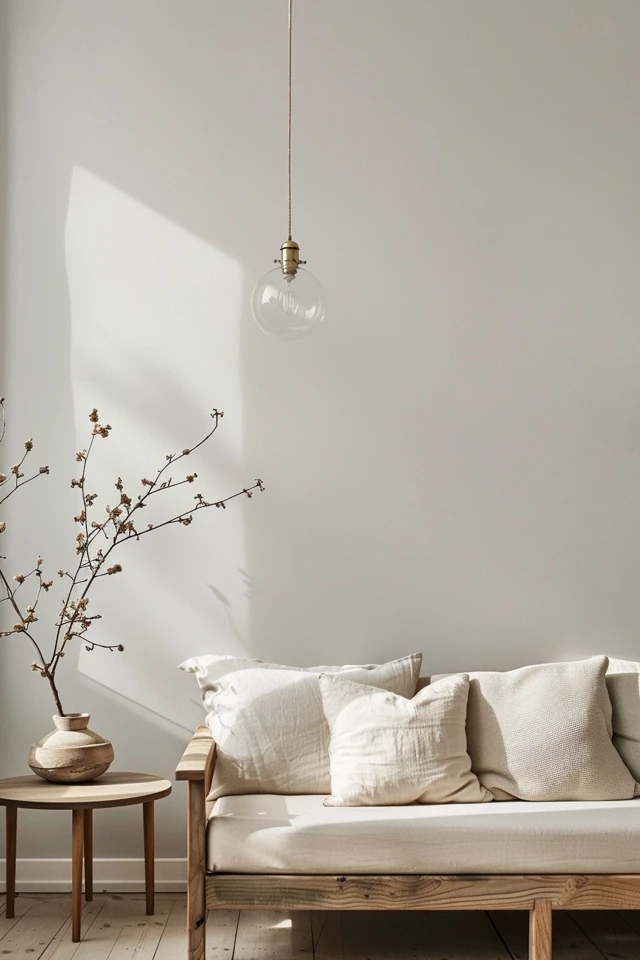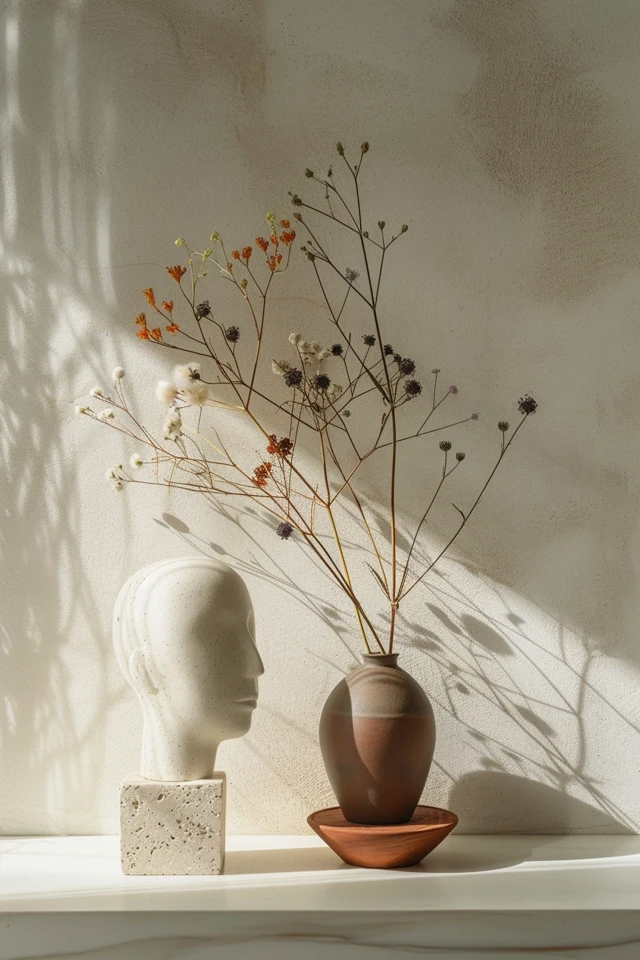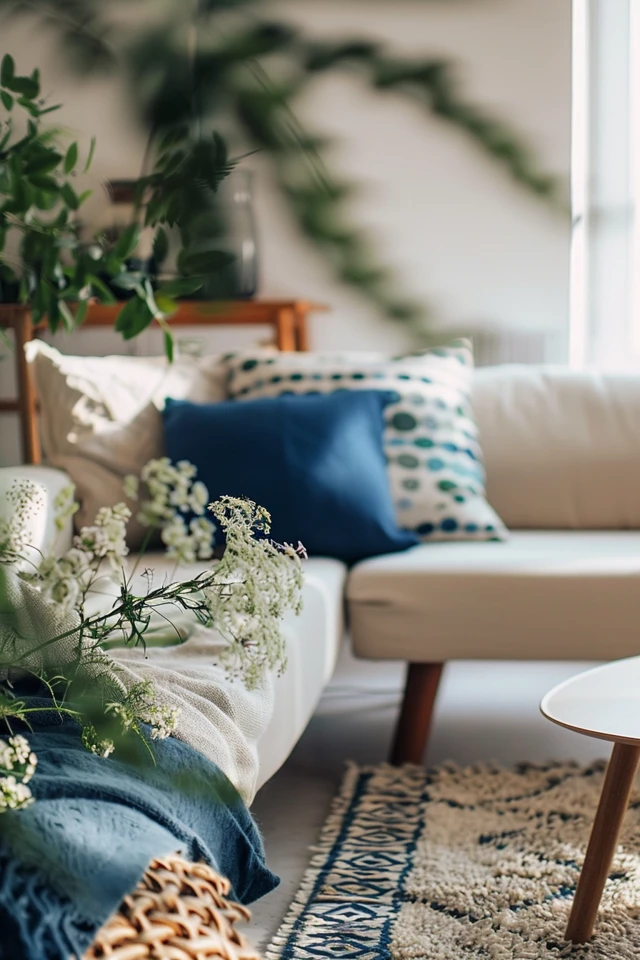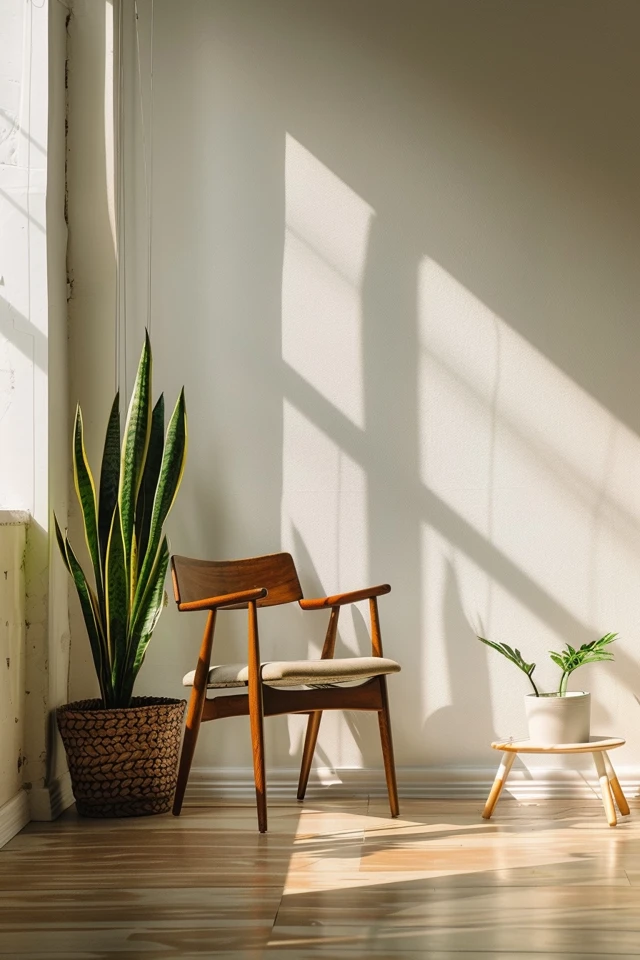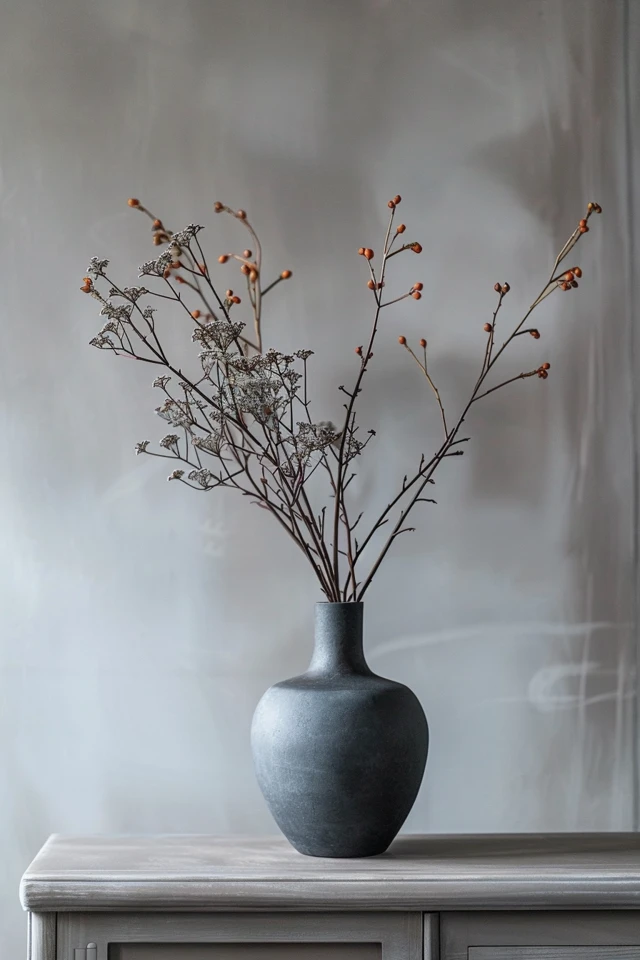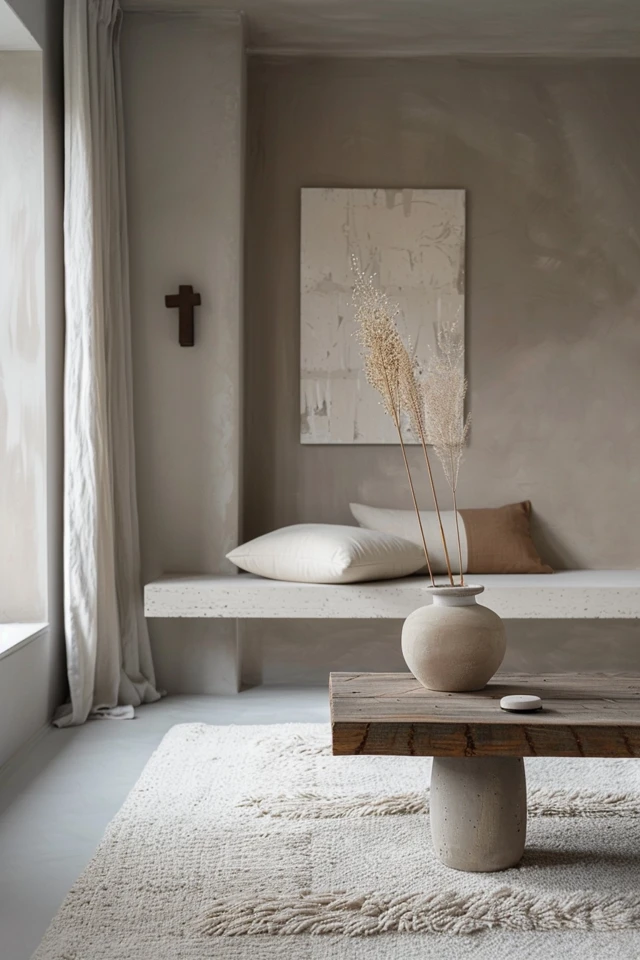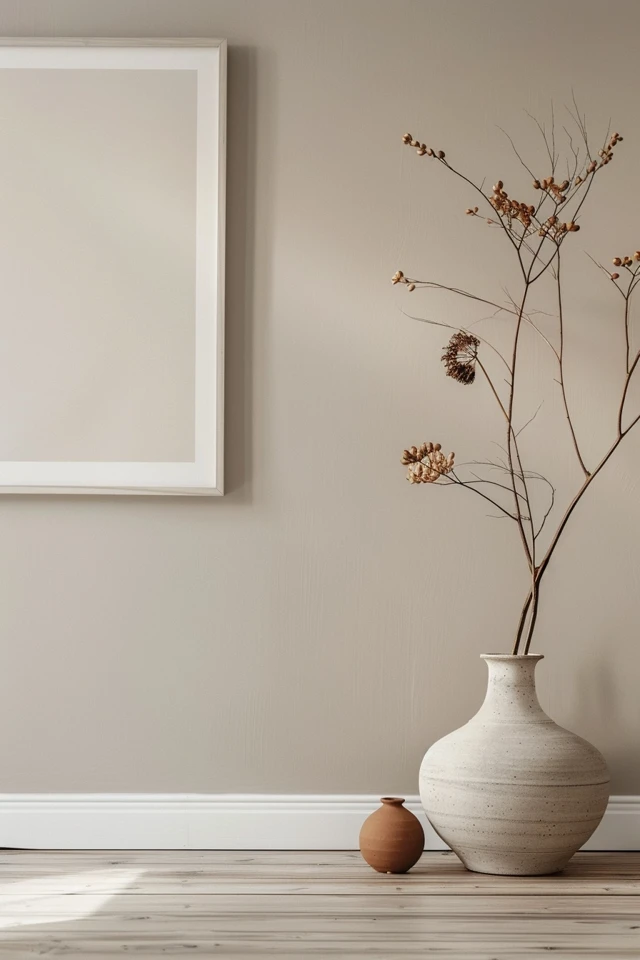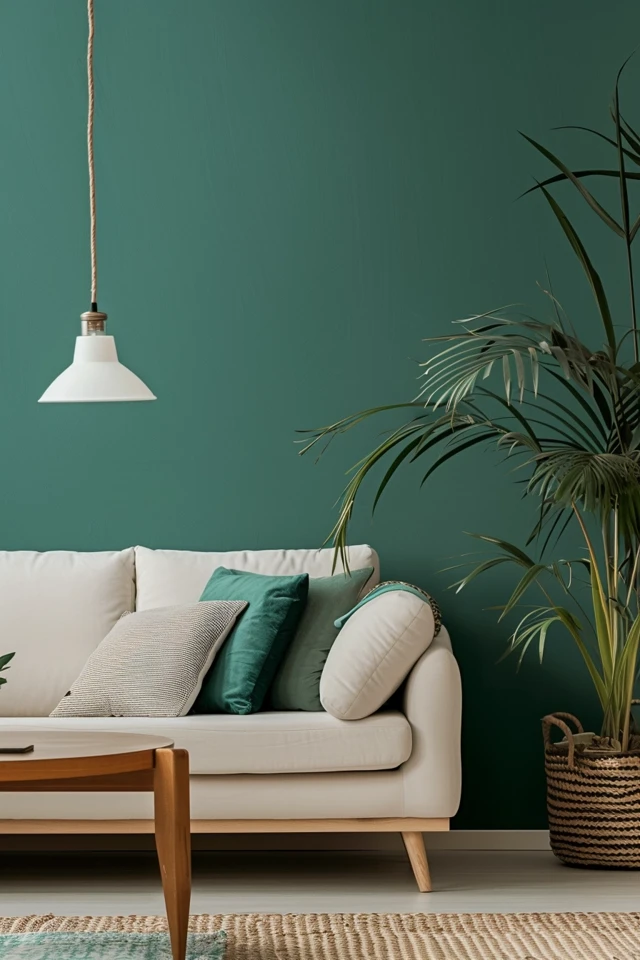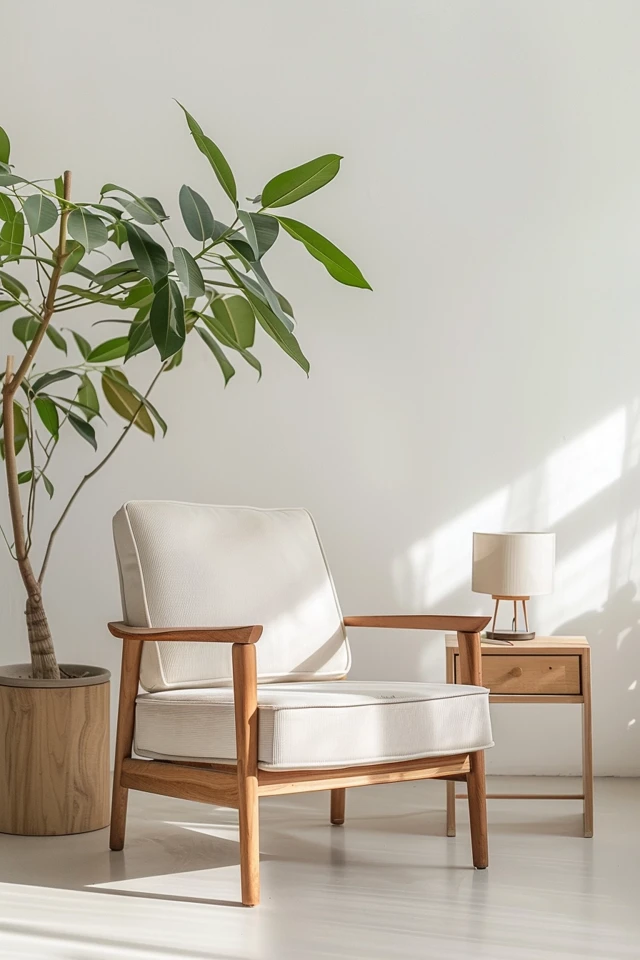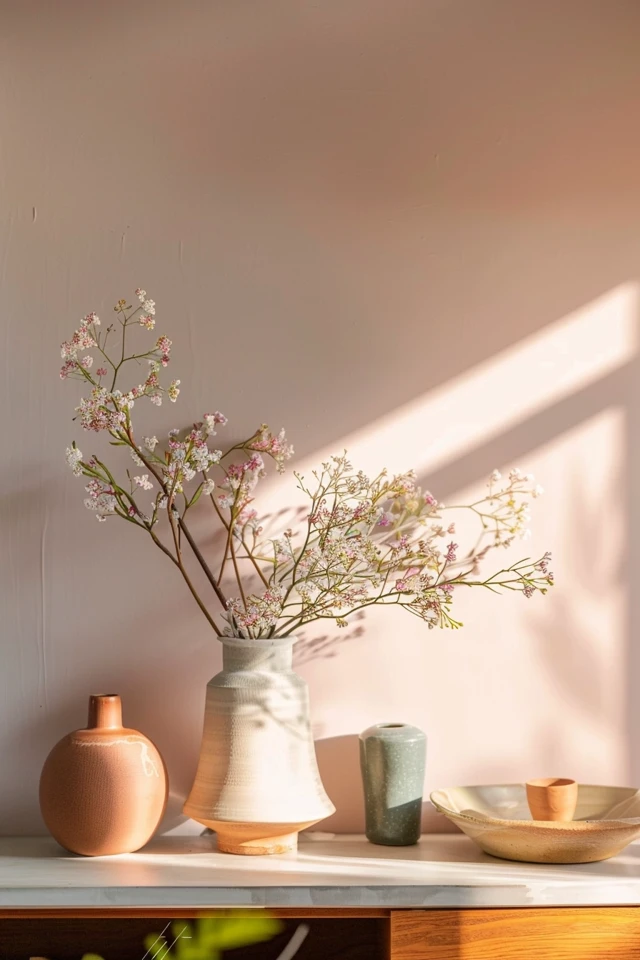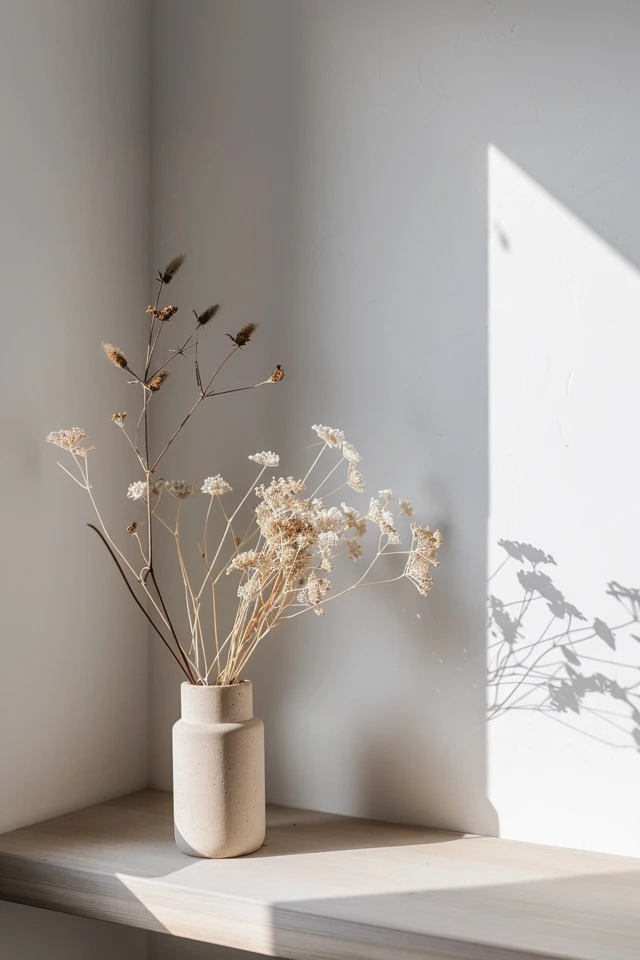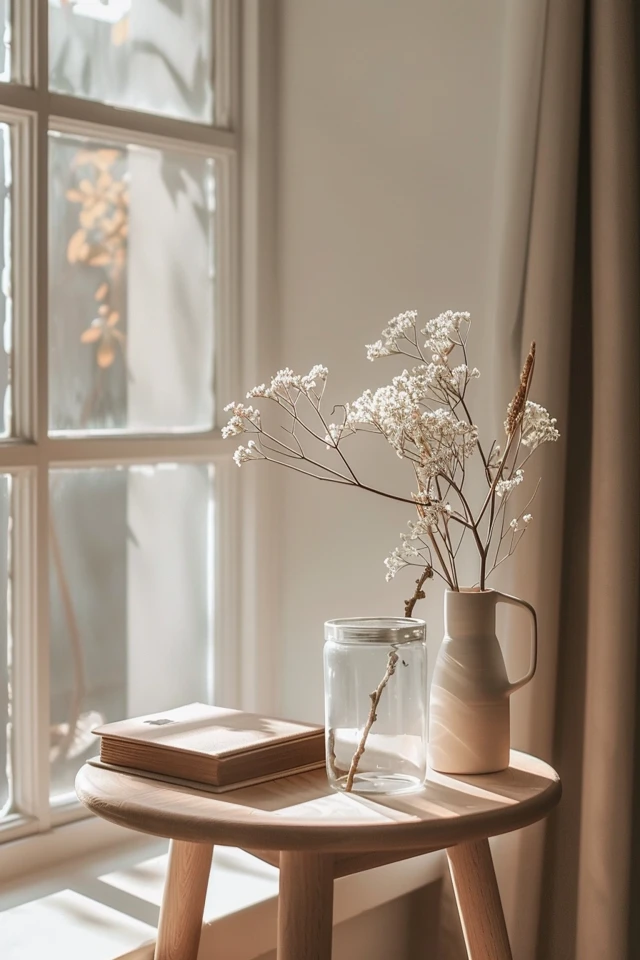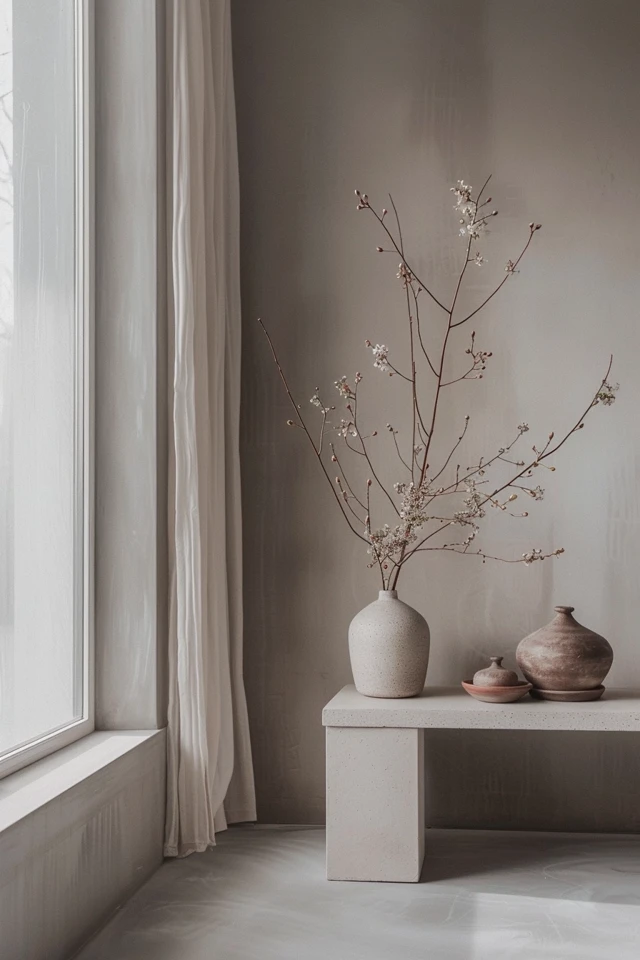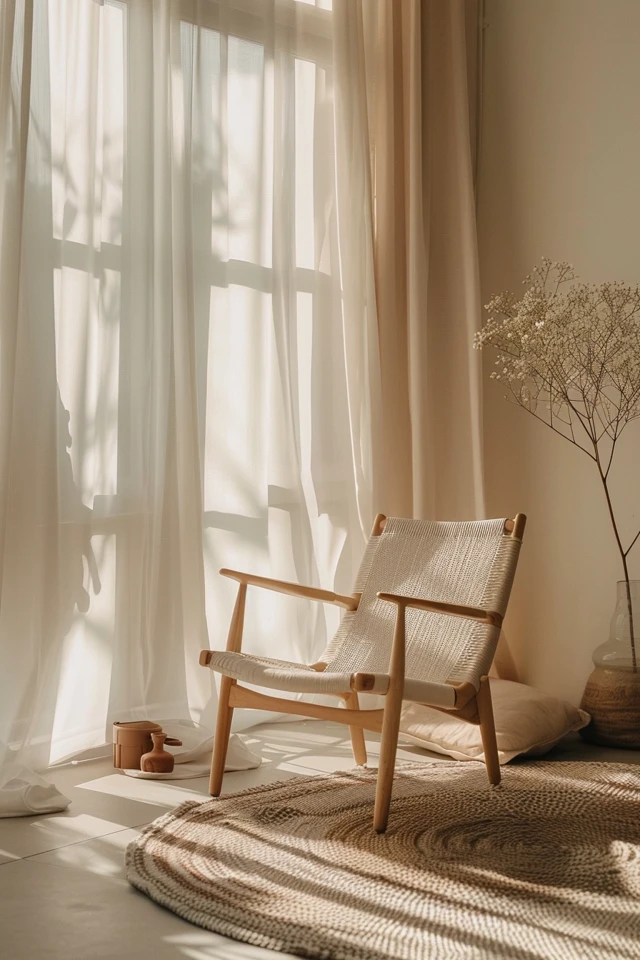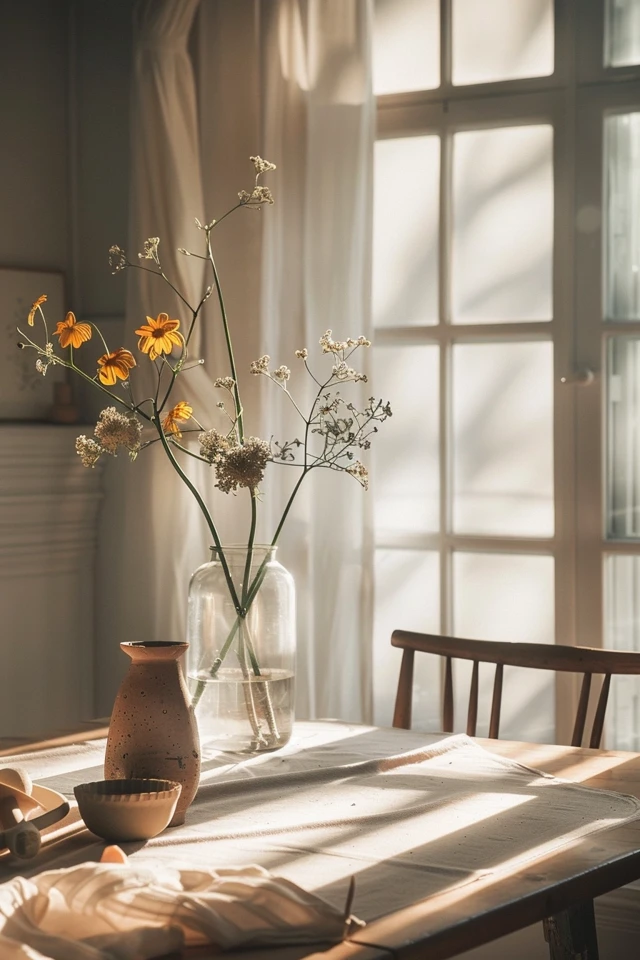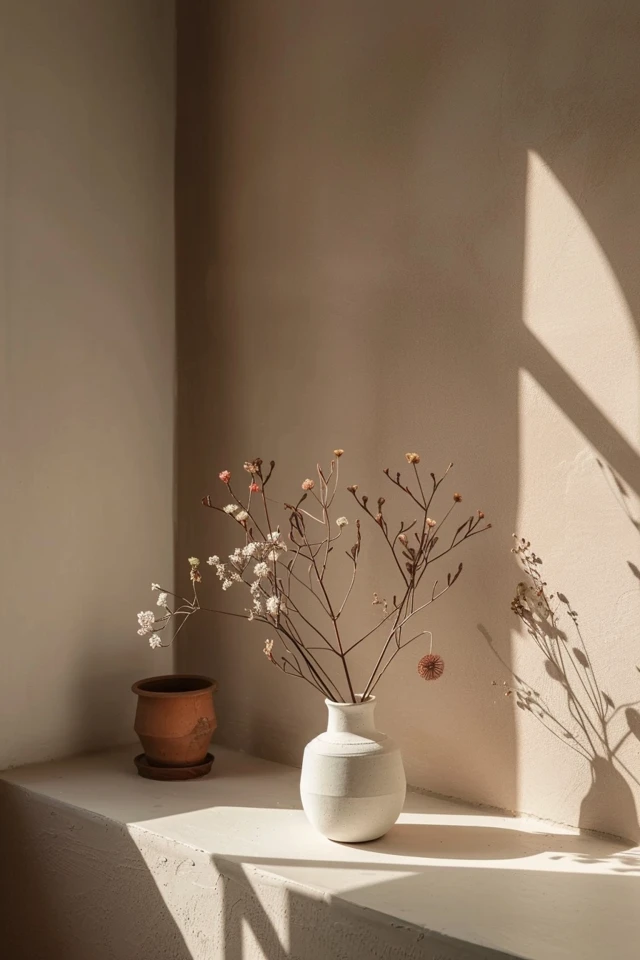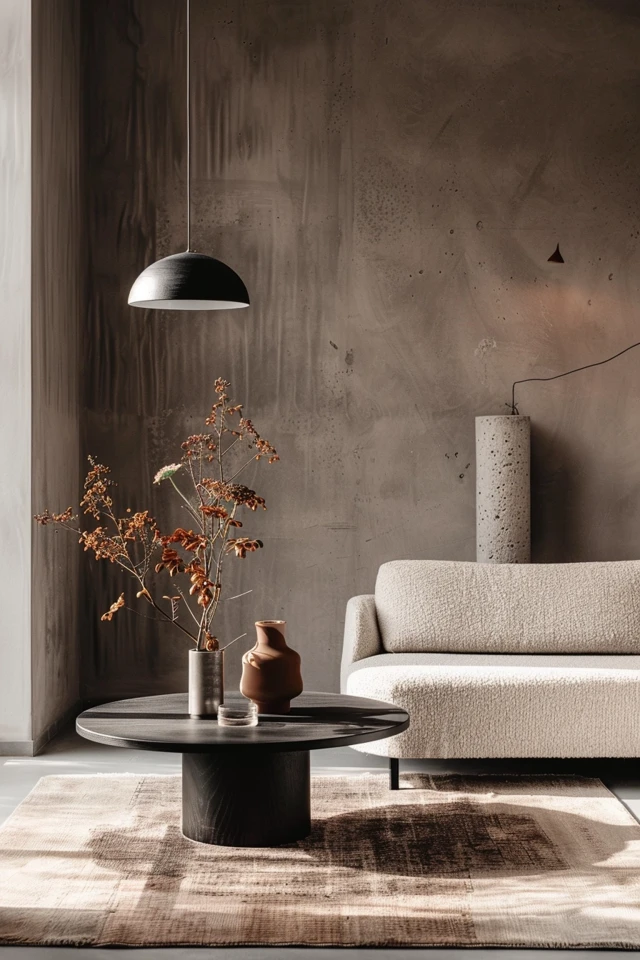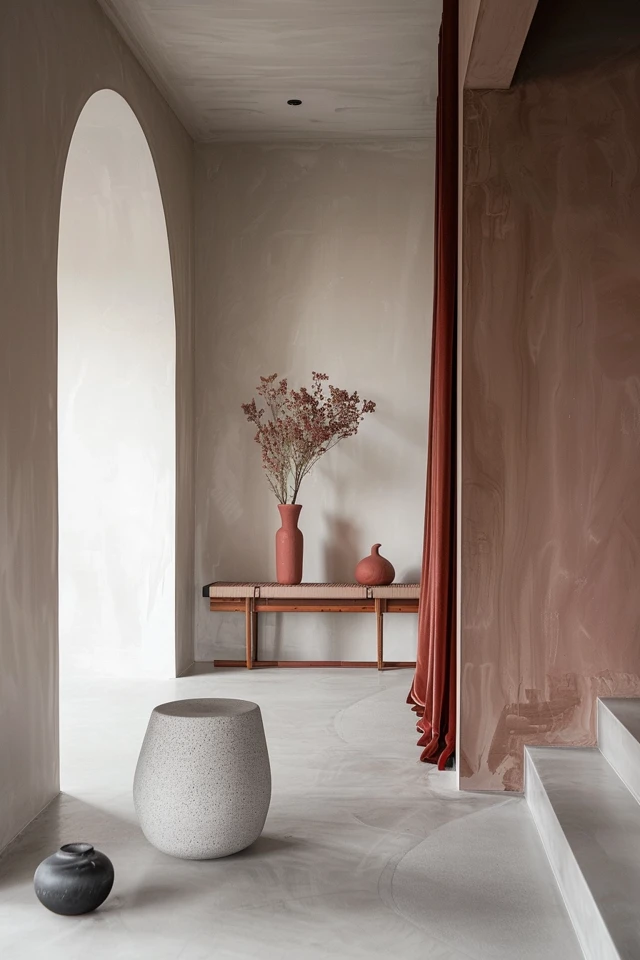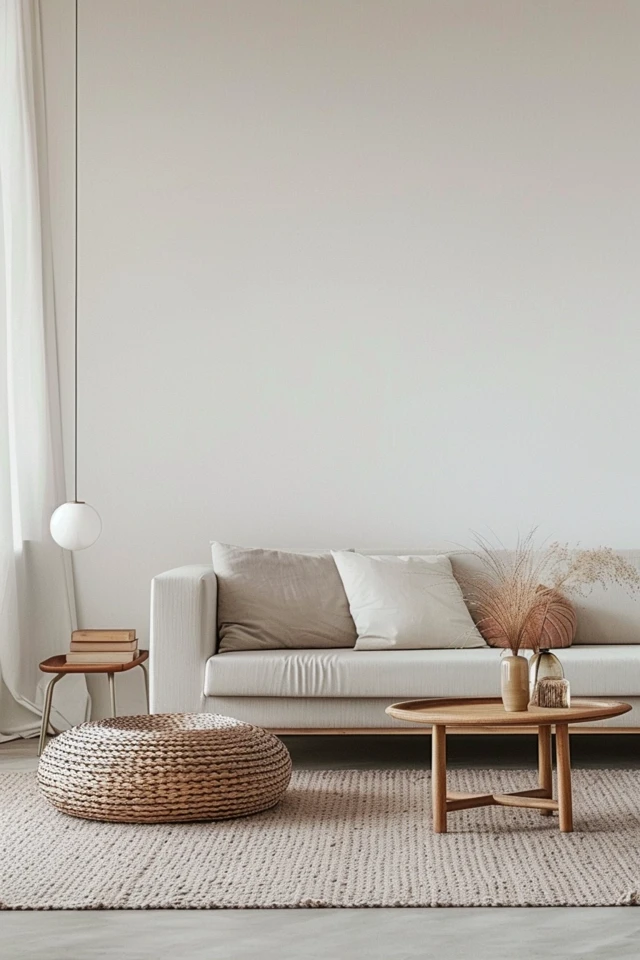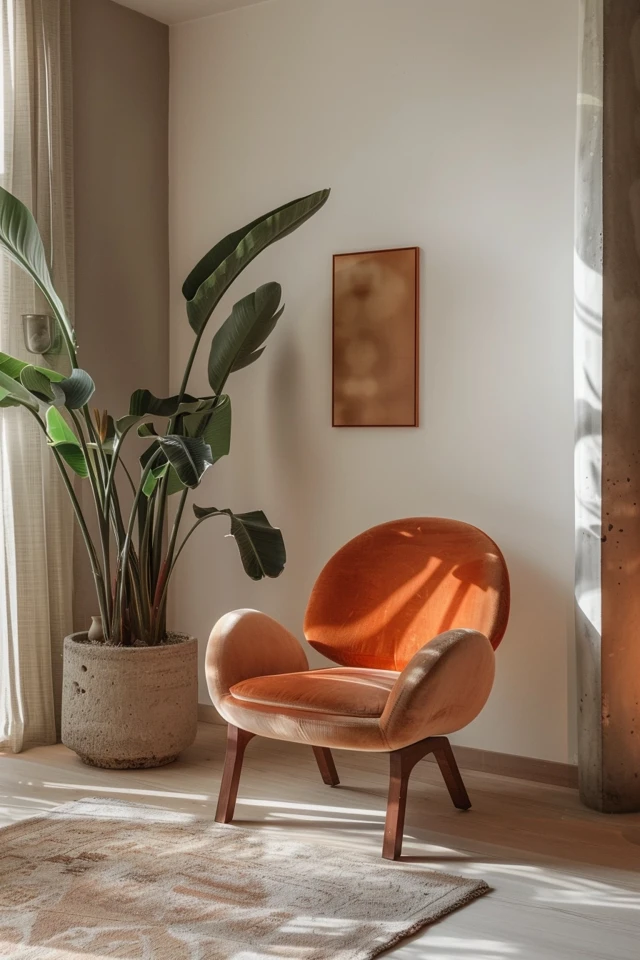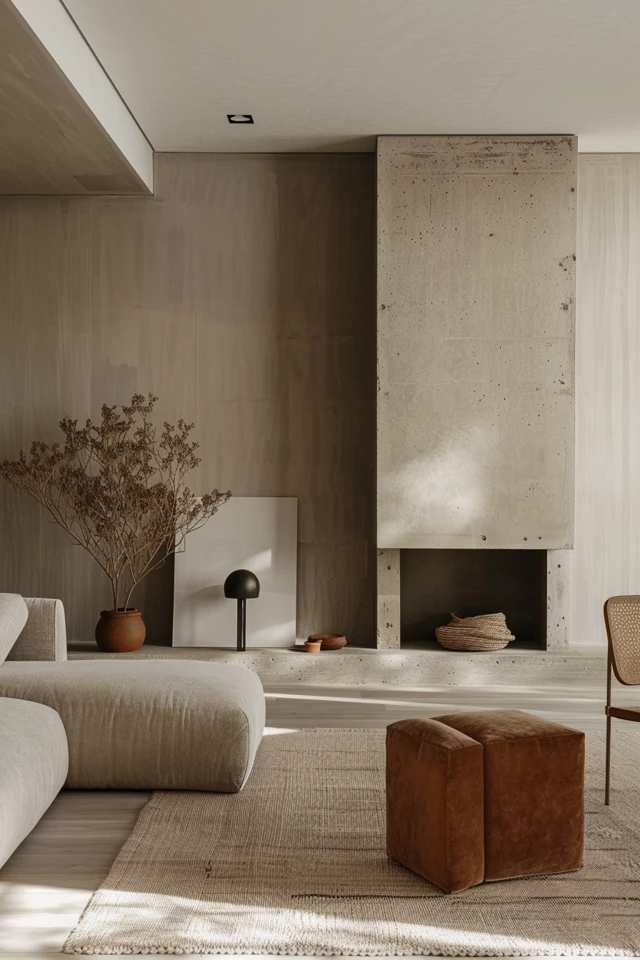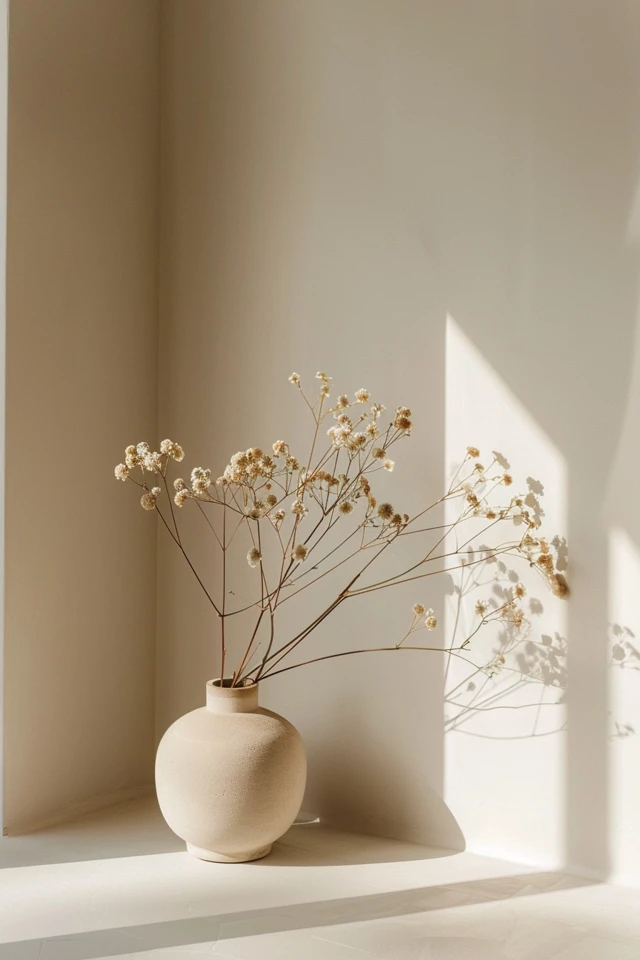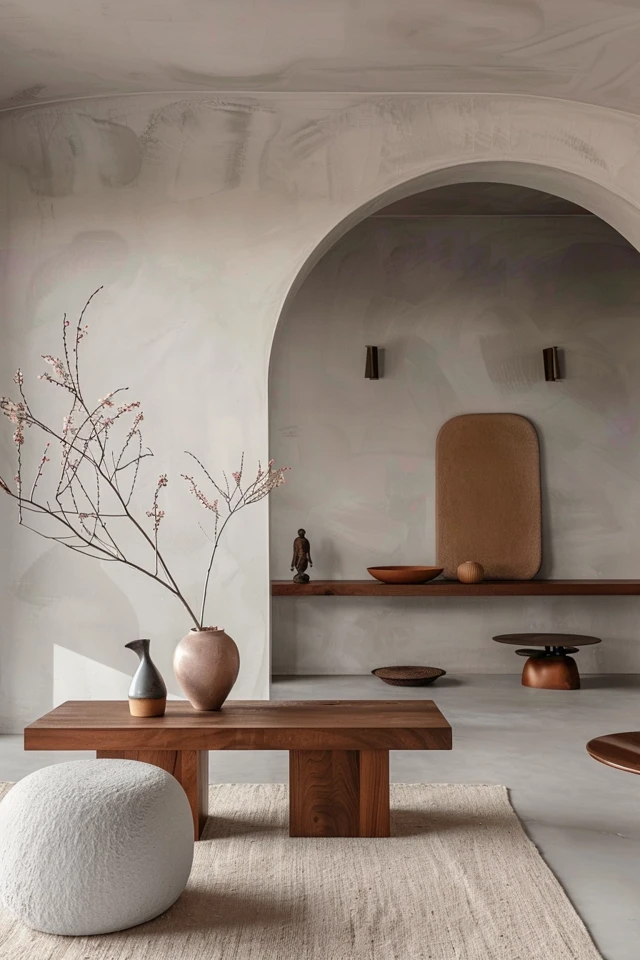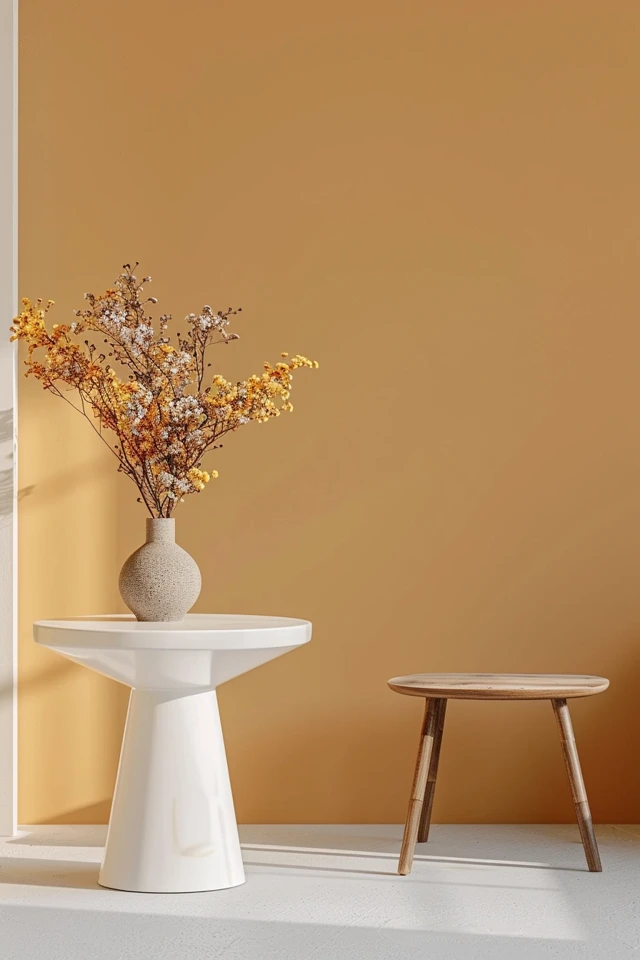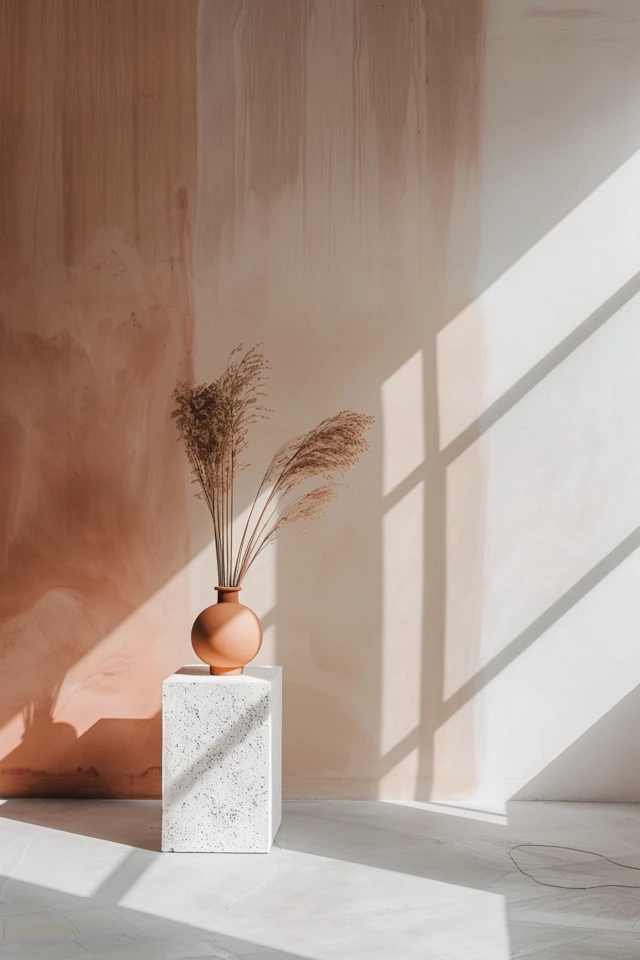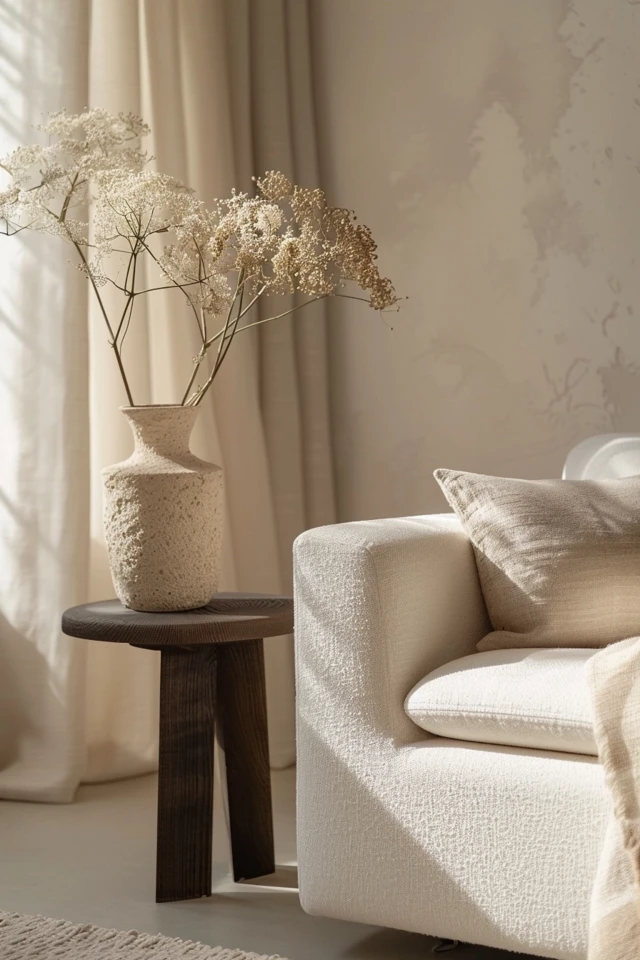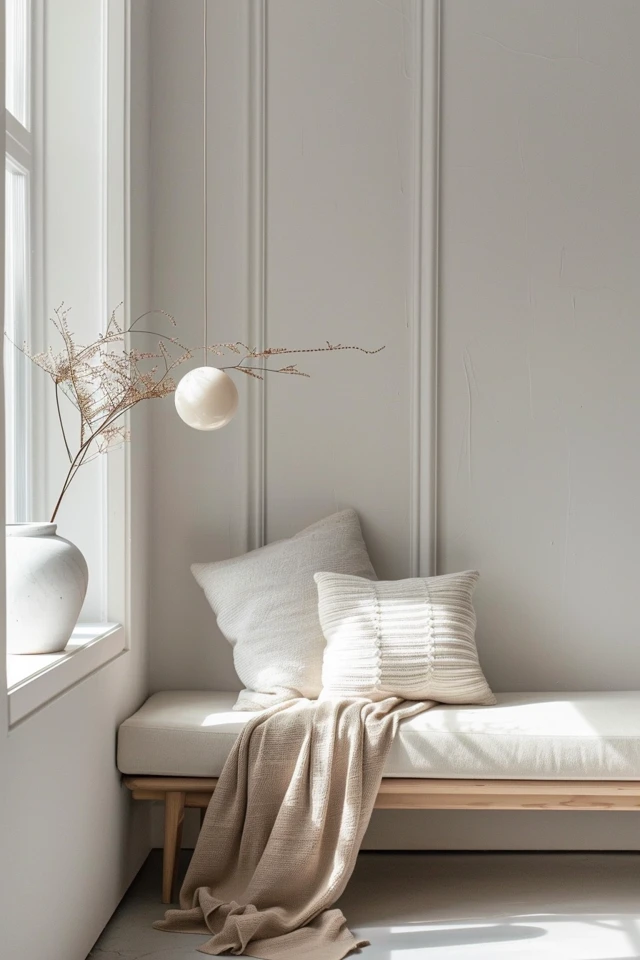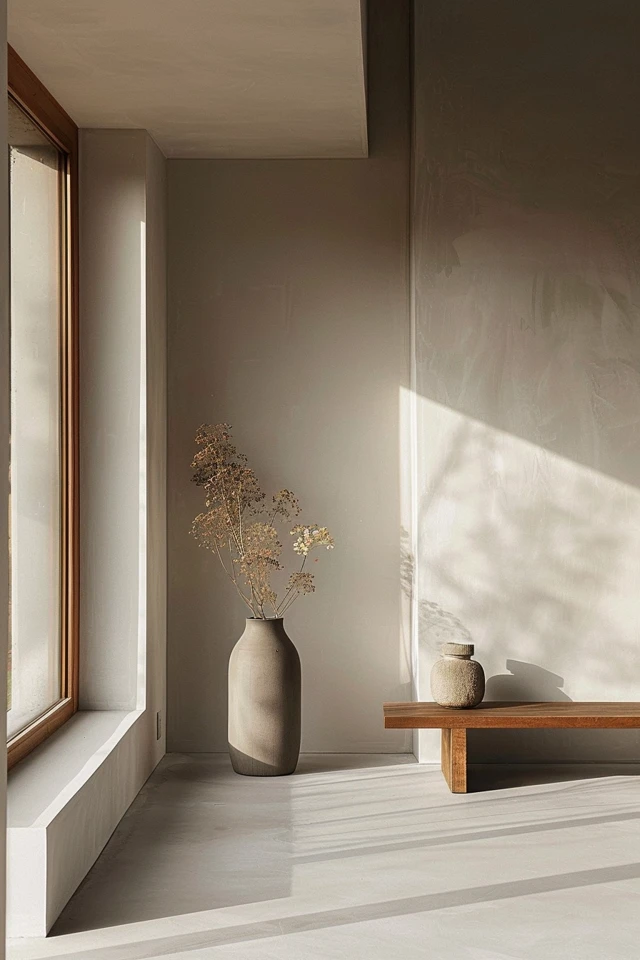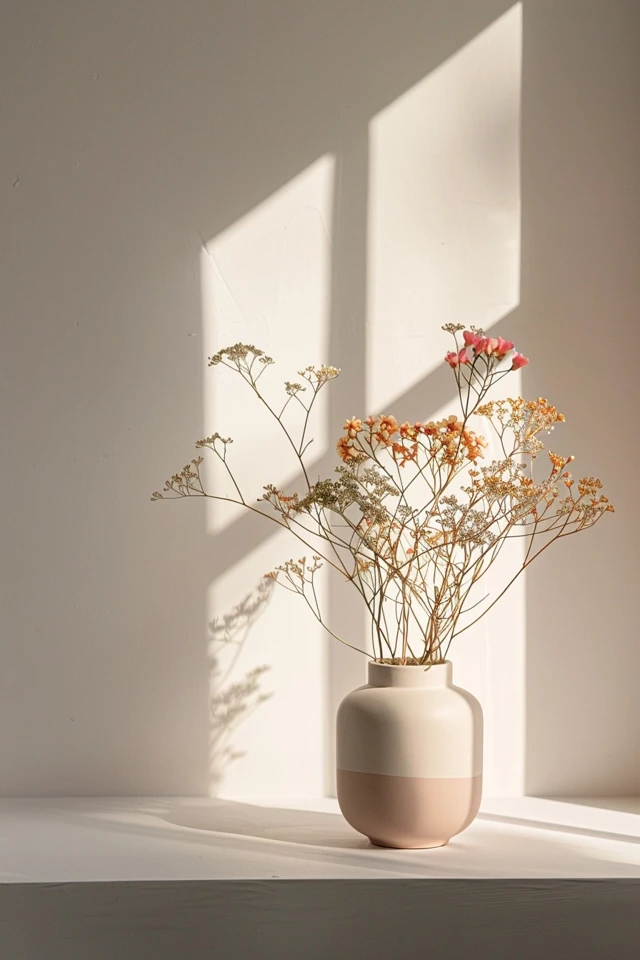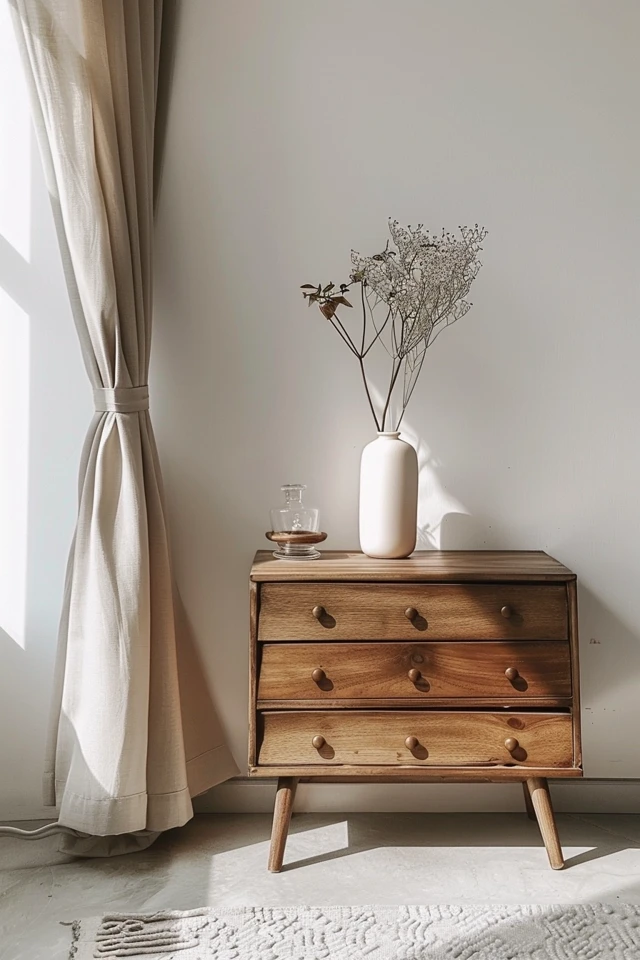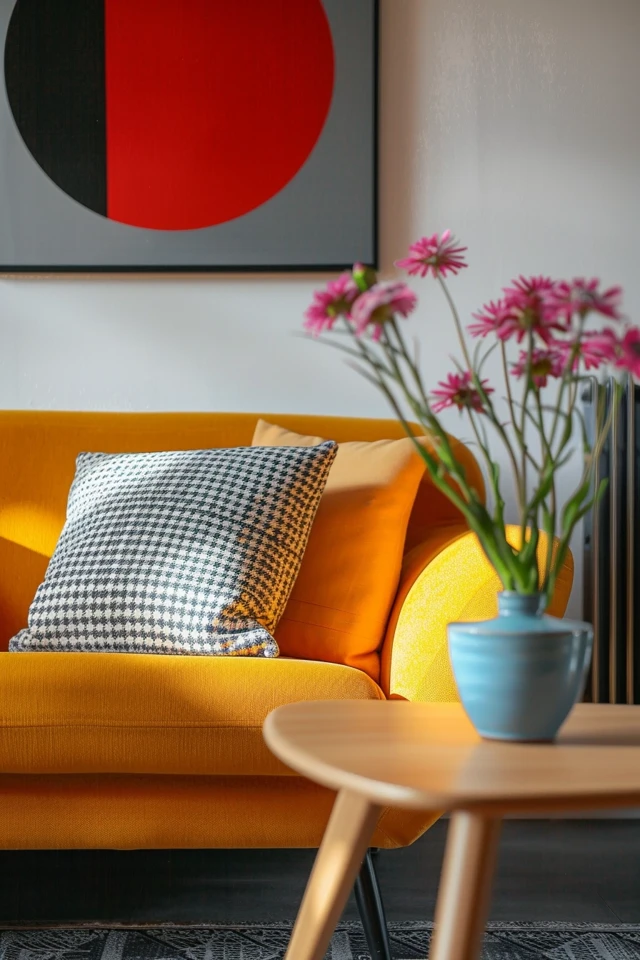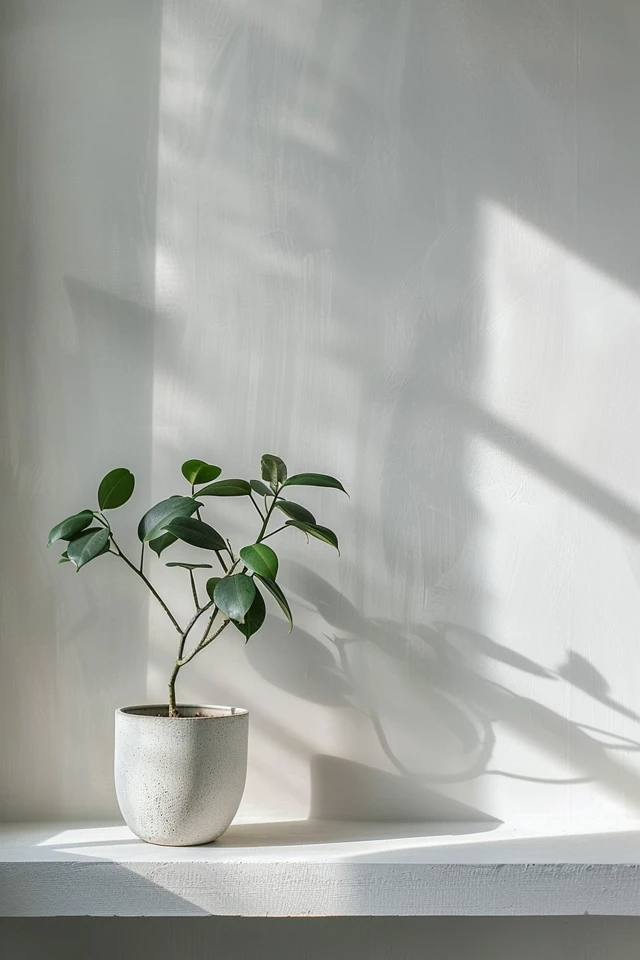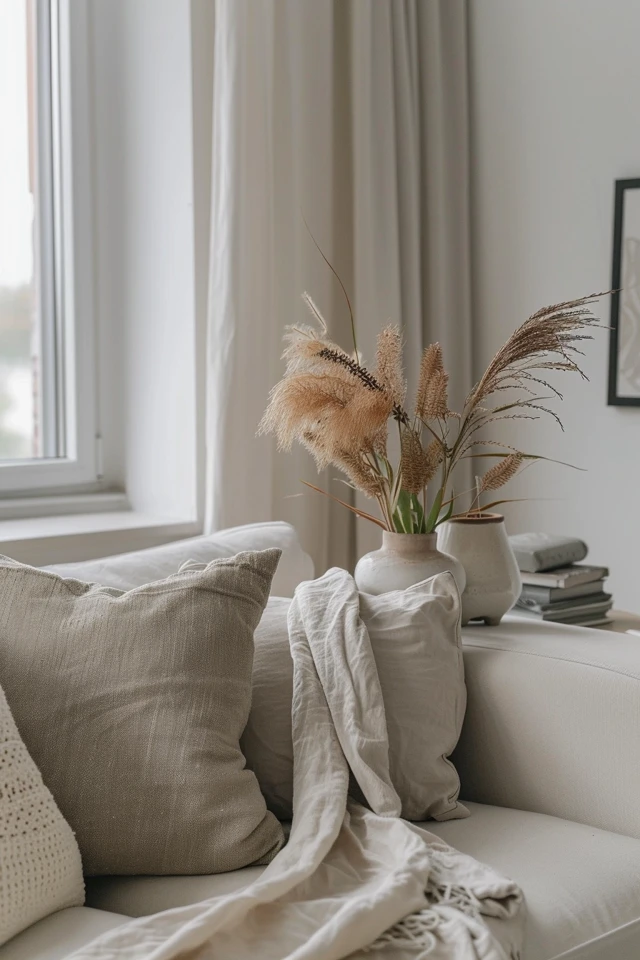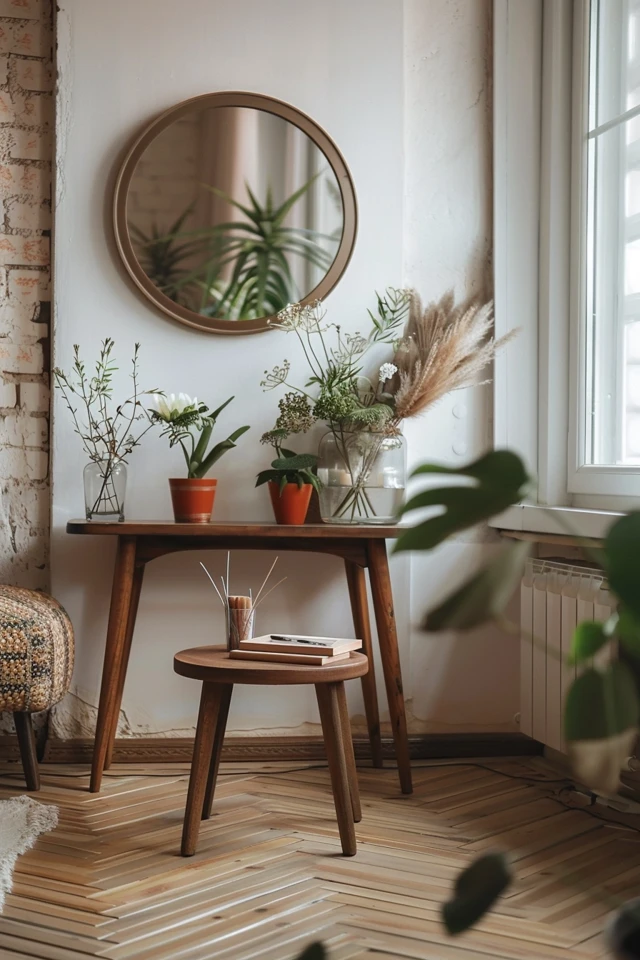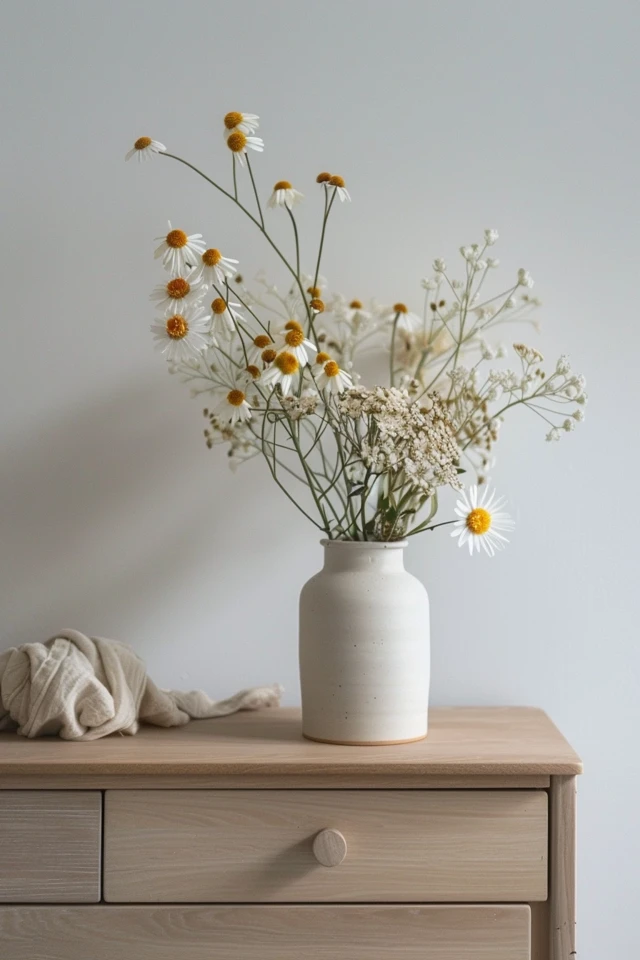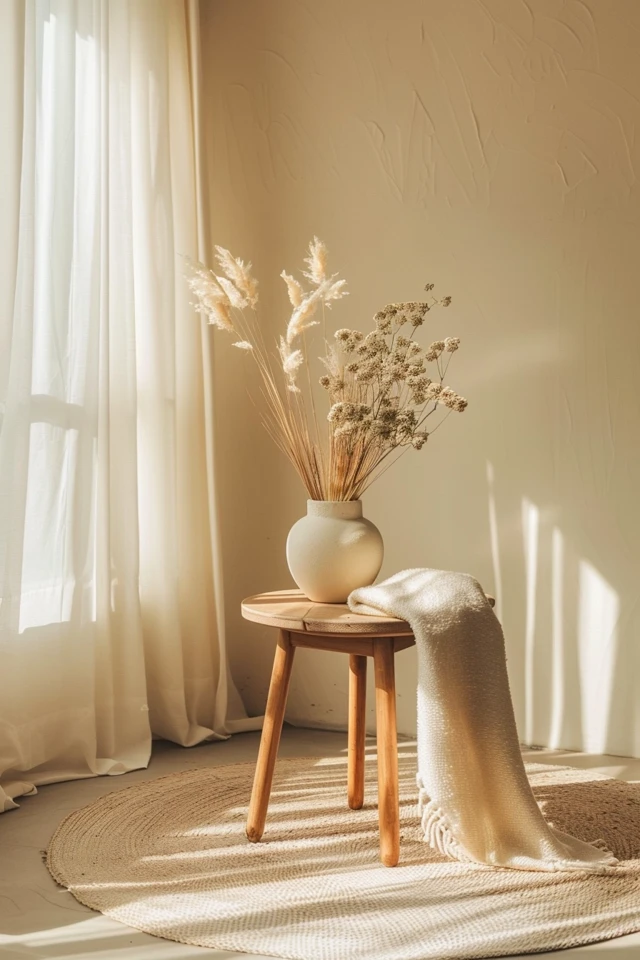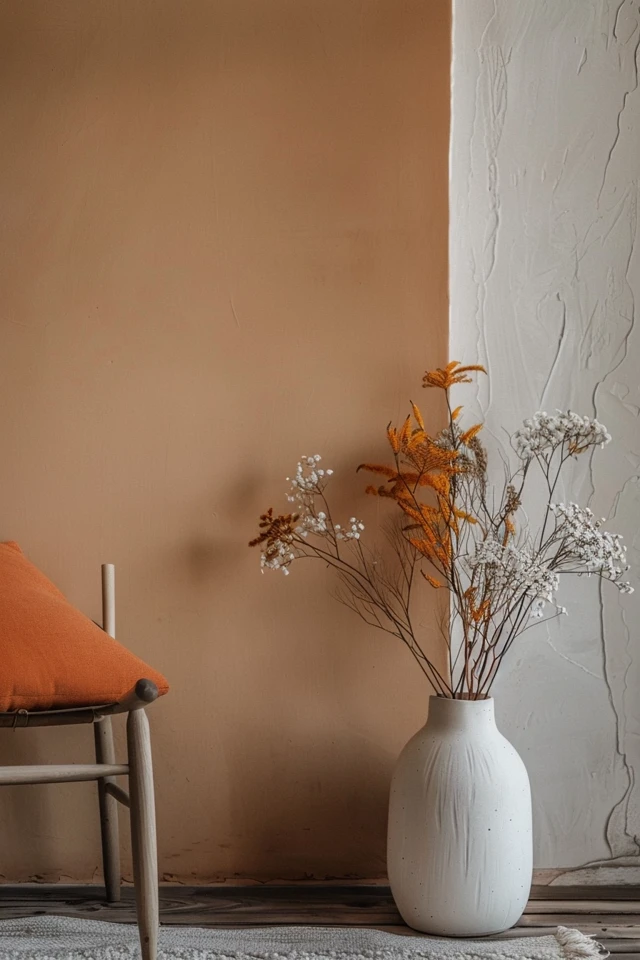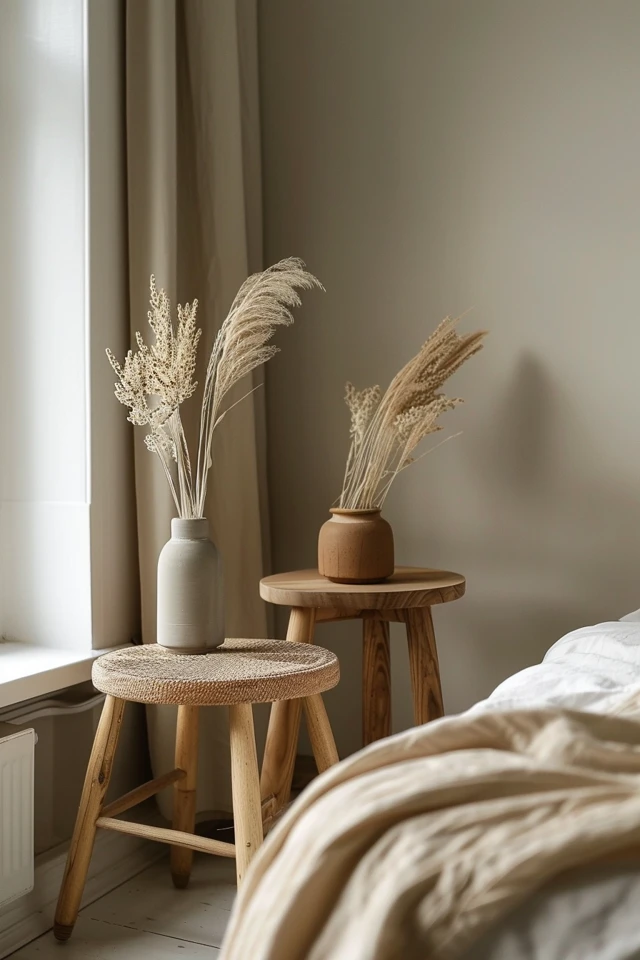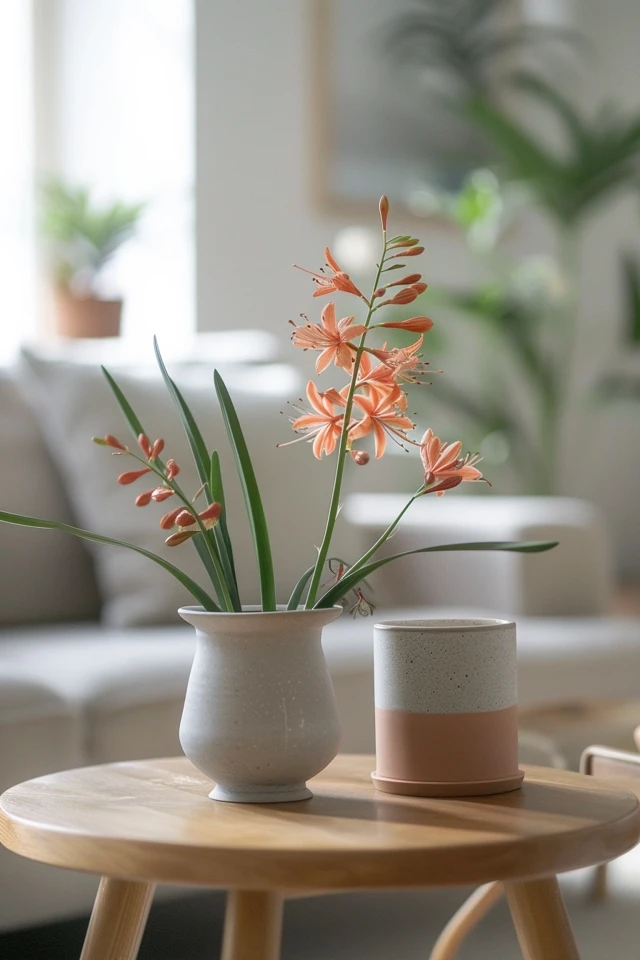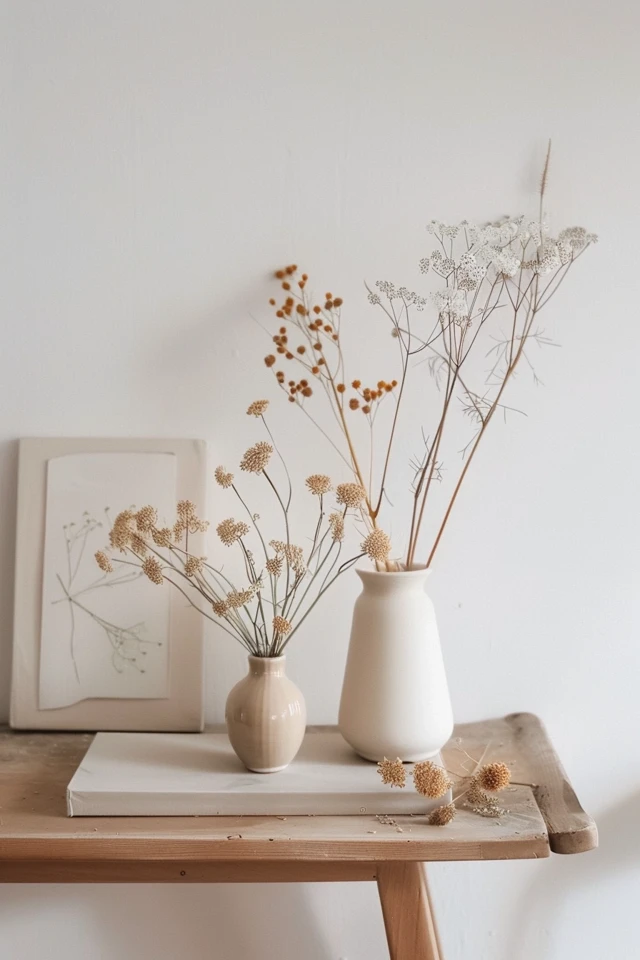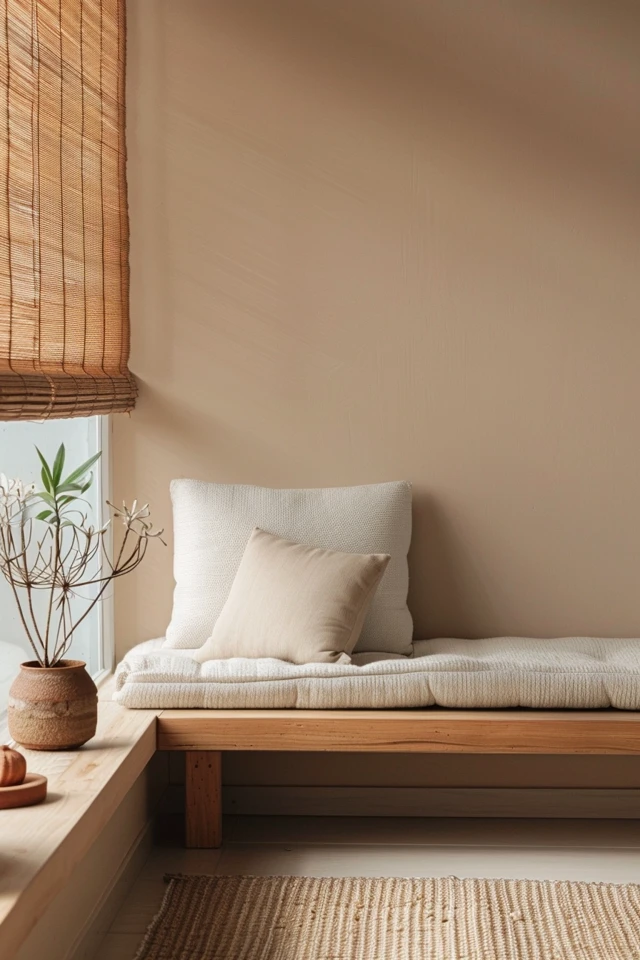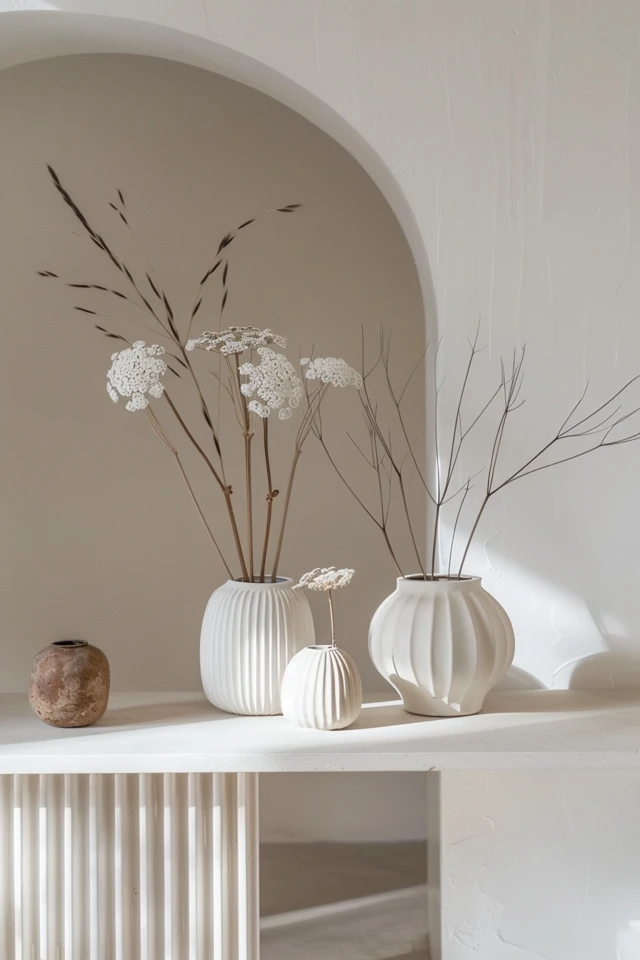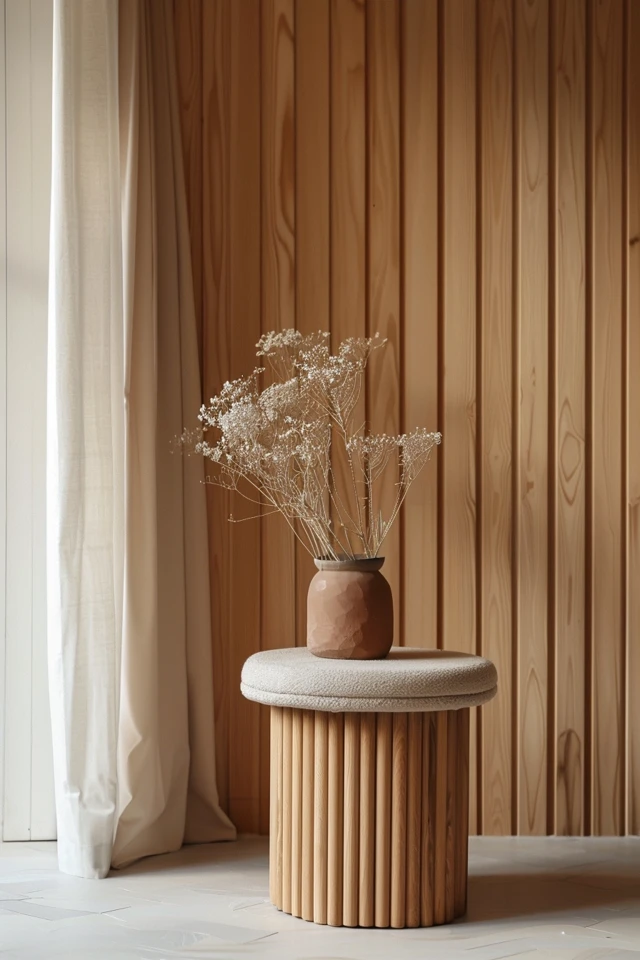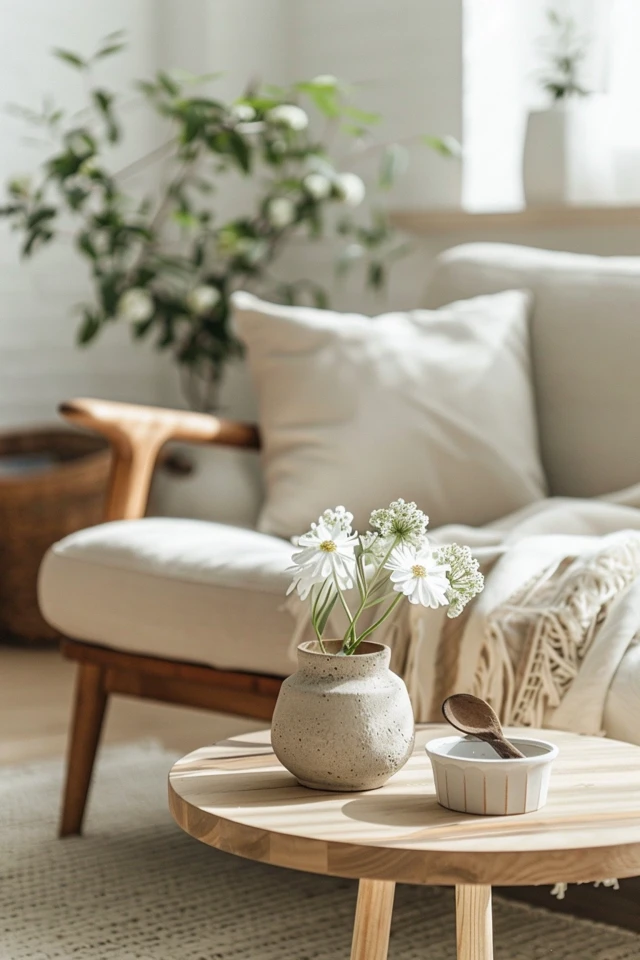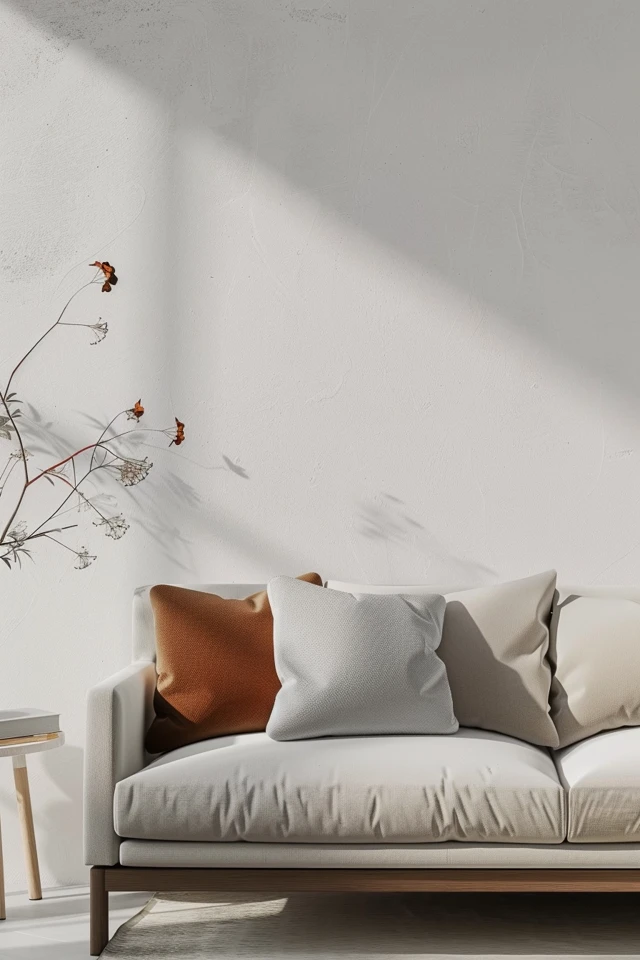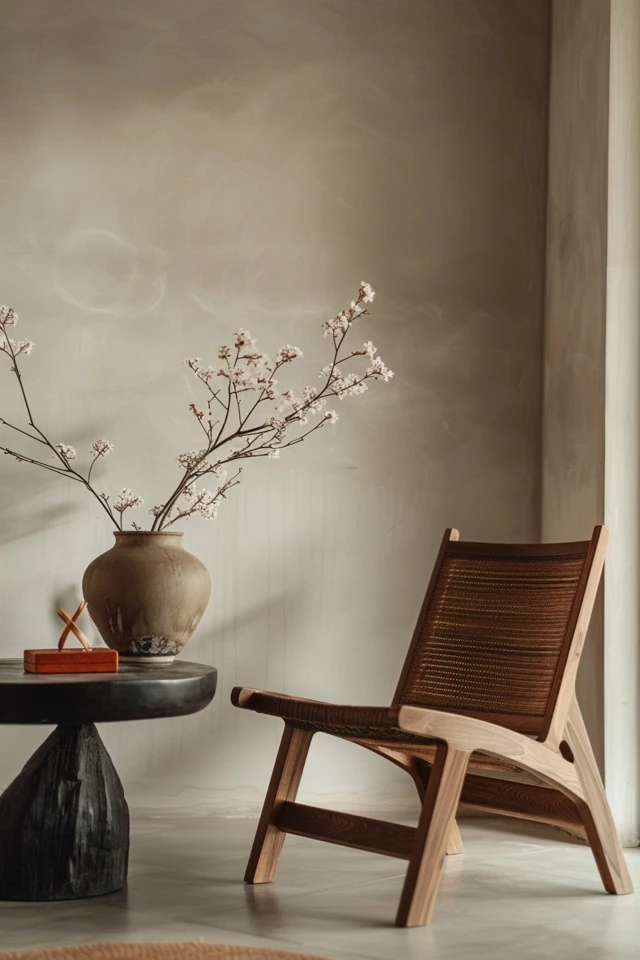Before Reading this Article, Hire Us As Your Designer or Take a Look at My Top 3 Amazon Picks!
If you are looking to blend Amazon's furniture finds with a personalized touch for your space, check out my portfolio, and hire us! You'll get 3 Idea boards, 2 Concept Boards, 2 Realistic Renderings, a Floor Plan, and a Shopping List! Everything's online, plus a 25% discount on your first online interior design project with my Havenly Promo code 4c7441bcfb. With over 2,000 designs since 2017 and top US brand partnerships, your project is in expert hands. US only. Ready to start?
Minimalist decor continues to evolve, embracing new trends while staying true to its core principles of simplicity, functionality, and intentionality. As an architect and interior designer focused on evidence-based design, I’ve observed how minimalist trends are shaping modern living spaces. This guide will highlight the hottest minimalist decor trends of the year, helping you create a contemporary and stylish home.
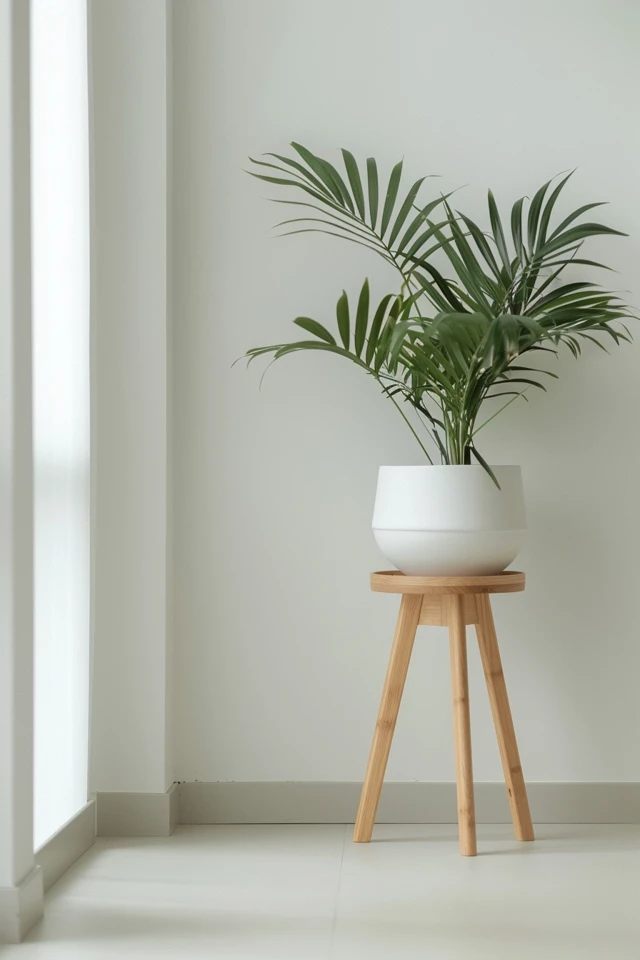
Key Takeaways:
- Warm Minimalism: Incorporate warm tones and natural textures to add coziness.
- Sustainable Materials: Prioritize eco-friendly and sustainable materials.
- Bold Accents: Use bold colors and statement pieces sparingly for impact.
- Functional Spaces: Design multi-functional areas that maximize space and utility.
- Biophilic Design: Integrate natural elements to enhance well-being.
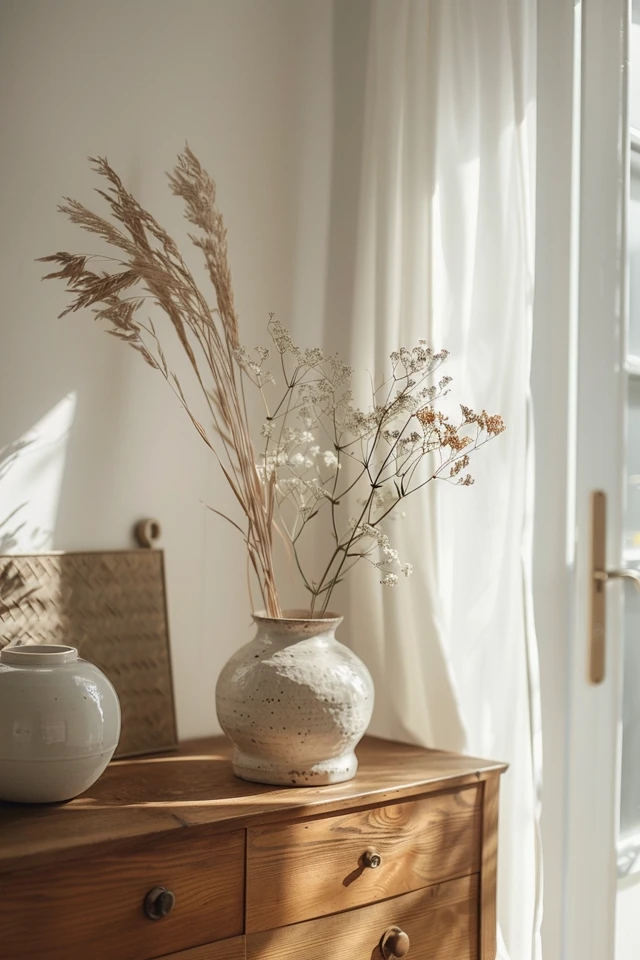
1. Warm Minimalism
This year, warm minimalism is taking center stage. Traditional minimalist spaces often featured cool, stark tones, but the trend is now shifting towards warmer hues and cozy textures. This approach creates a more inviting and comfortable environment while maintaining the clean lines and simplicity of minimalist design.
Consider incorporating warm tones like beige, terracotta, and soft browns into your color palette. Textures such as wool, linen, and natural wood can add warmth and depth to your space. Warm minimalism strikes a balance between modern simplicity and cozy comfort, making your home feel welcoming and lived-in.
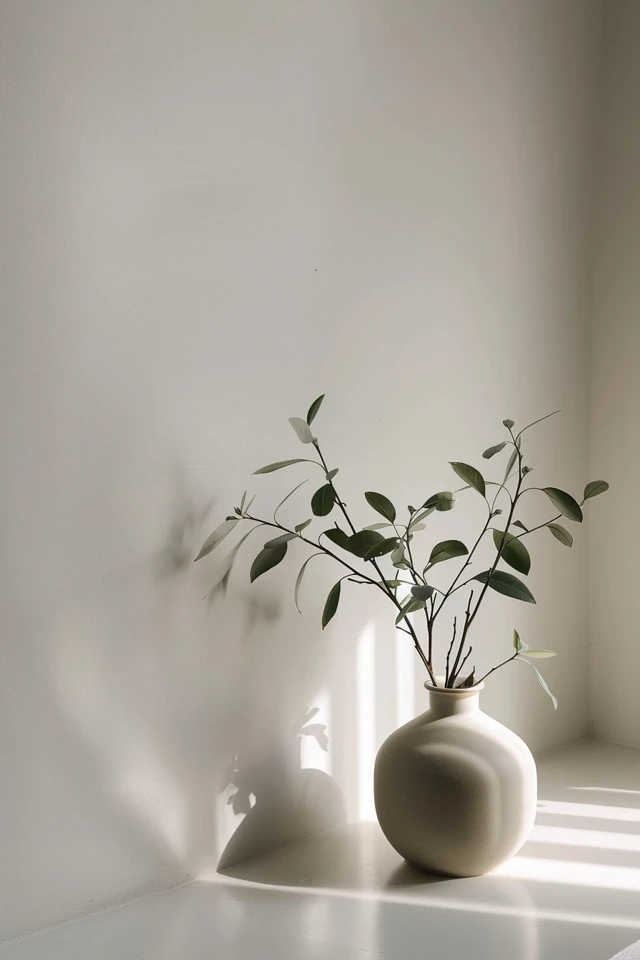
2. Sustainable Materials
Sustainability is a growing concern, and it has become a significant trend in minimalist decor. This year, eco-friendly and sustainable materials are highly sought after. Choosing sustainable materials not only reduces your environmental footprint but also adds a timeless quality to your home.
Opt for furniture and decor made from recycled, reclaimed, or sustainably sourced materials. Bamboo, cork, and reclaimed wood are excellent choices for a sustainable minimalist home. These materials are not only environmentally friendly but also bring a unique character and story to your space.

3. Bold Accents
While minimalism traditionally emphasizes a restrained color palette, this year sees a trend towards incorporating bold accents. A few carefully chosen bold colors or statement pieces can add personality and dynamism to a minimalist space without overwhelming it.
Consider adding a bold-colored rug, a statement piece of artwork, or a vibrant piece of furniture. The key is to use bold accents sparingly and strategically, ensuring they enhance rather than dominate the overall design. This approach allows you to maintain a minimalist aesthetic while adding visual interest.
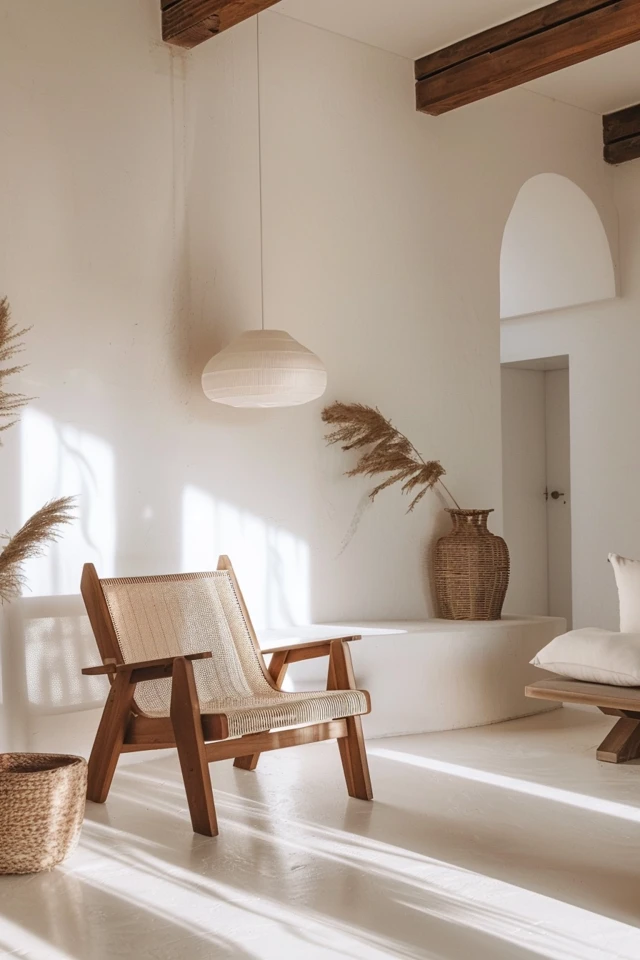
4. Functional Spaces
Functionality has always been a cornerstone of minimalist design, and this year, the focus is on creating multi-functional spaces. With more people working from home and seeking versatile living areas, designing spaces that serve multiple purposes is essential.
Consider incorporating furniture that can be easily reconfigured or has multiple uses. A dining table that doubles as a workspace, a sofa bed, or modular shelving units can maximize the utility of your space. Multi-functional furniture not only saves space but also ensures that your home adapts to your evolving needs.
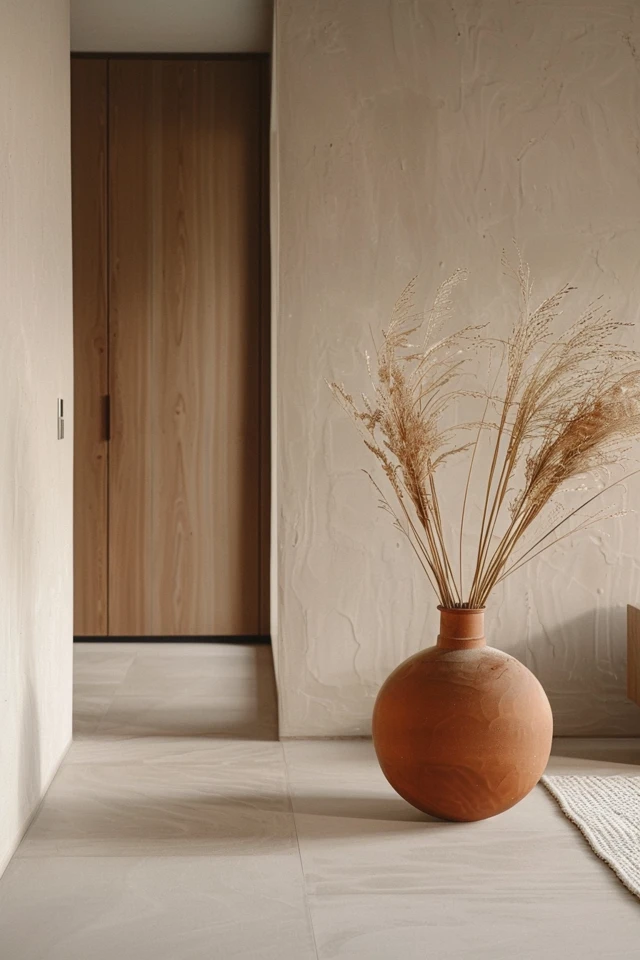
5. Biophilic Design
Biophilic design, which integrates natural elements into the built environment, continues to gain popularity. This trend emphasizes the connection between humans and nature, promoting well-being and reducing stress. In minimalist decor, biophilic design can be seamlessly integrated to enhance both aesthetics and functionality.
Incorporate plants, natural light, and natural materials into your minimalist design. Indoor plants, large windows, and materials like wood and stone can bring a touch of nature indoors. Biophilic design not only enhances the visual appeal of your space but also contributes to a healthier and more relaxing environment.
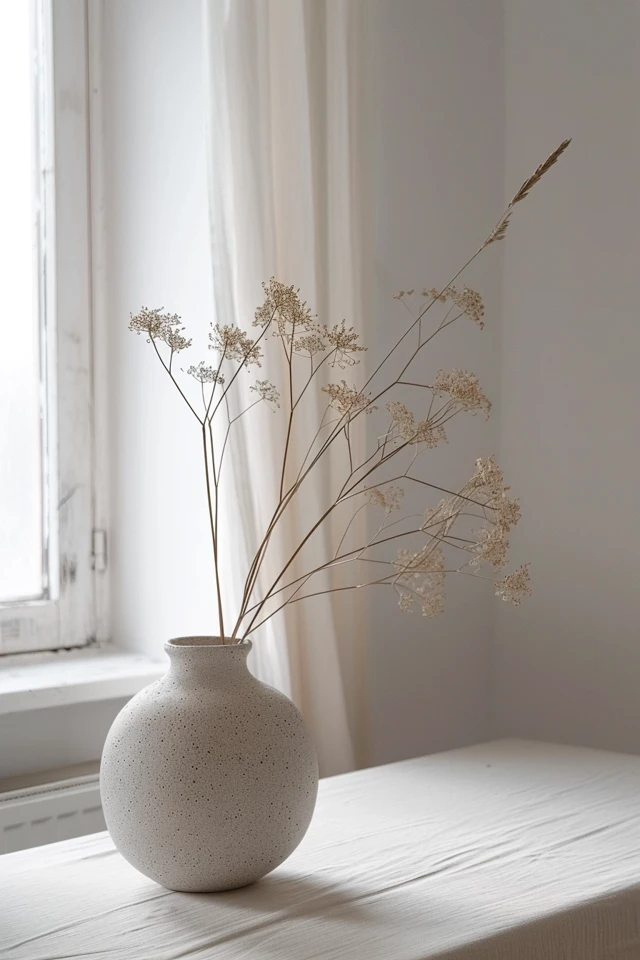
Conclusion
This year’s minimalist decor trends focus on creating warm, sustainable, and functional spaces that enhance well-being. By embracing warm minimalism, using sustainable materials, incorporating bold accents, designing multi-functional spaces, and integrating biophilic elements, you can create a contemporary and stylish home that reflects your personal style.
Minimalism is not just about aesthetics; it’s about intentional living and creating environments that support your lifestyle and well-being. As you implement these trends, enjoy the process of curating a space that is both beautiful and functional. With these guidelines, your home can become a modern minimalist sanctuary that you love to live in.
Inspirational Pictures
